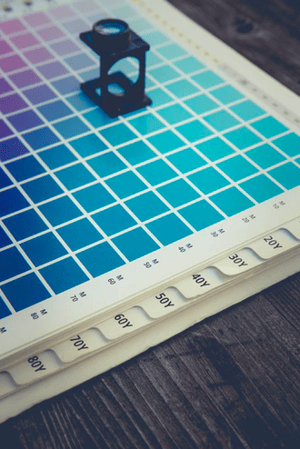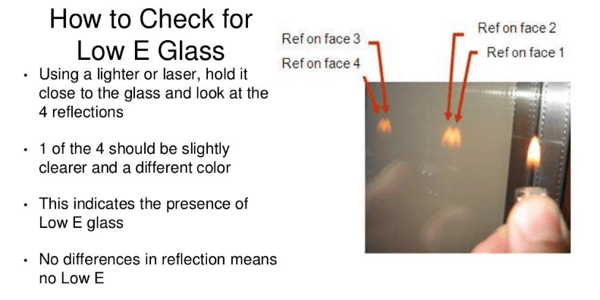 Colors are great on walls, textiles and artwork, but is there a place for them on your windows? There have been extensive innovations to provide homeowners with more efficient and higher performing products and appliances for decades; your glass windows and doors are just one example.
Colors are great on walls, textiles and artwork, but is there a place for them on your windows? There have been extensive innovations to provide homeowners with more efficient and higher performing products and appliances for decades; your glass windows and doors are just one example.
From impact glass to window treatments, your windows and doors have become staple pieces that help you save money in the long run on your largest, most valuable investment—your home!
High performance installations, such as Eastern Architectural Systems’ windows and doors, foster energy efficiency, security and storm protection.
There are several treatment and design options to enhance our Florida Approved impact installations, including Low-E glass coatings which help regulate a home’s energy costs and increase a window’s overall performance.
Are There Color Options for Low-E Glass Coatings?
It is important to understand that Low-E coatings are not the same and should not be used in conjunction with a window tint treatment because it might result in slight discoloration. As window tints add alloy materials to the glass, the depth of color will change with the thickness of the glass.
In contrast, a Low-E coating is a thin metallic coat that is applied to the glass and will not have color variations based on the thickness of the glass. However, it may have a minor, often unnoticeable, reflective and slightly green tint.
How Low-E Glass Coatings Work?
Low-E glass coatings reduce the ultraviolet and infrared light that passes through the glass without reducing the natural illumination, or visible light. What this means to you is more consistent and reduced energy costs and preservation of your interior materials, such as curtains, furniture and flooring.
“Low-E glass has a microscopically thin, transparent coating—it is much thinner than a human hair—that reflects long-wave infrared energy (or heat). Some low-e's also reflect significant amounts of short-wave solar infrared energy. When the interior heat energy tries to escape to the colder outside during the winter, the low-e coating reflects the heat back to the inside, reducing the radiant heat loss through the glass. The reverse happens during the summer.” - Glassed
3 Benefits of Low-E Glass Coatings
Some of the benefits you’ll enjoy from Low-E coated glass windows and doors, include:
- Better regulated temperatures all year round reducing your energy costs
- No special maintenance required; and, since the coating is applied to the inside of the glass, you don’t have to worry about it scratching off like a window tint treatment can.
- UV fading protection for your furniture and fabrics
“Homes and commercial buildings consume 40% of the energy used in the United States. Of the $2,000 the average American spends paying for energy annually, $200 to $400 could be going to waste from drafts, air leaks around openings, and outdated heating and cooling systems...Install more energy efficient windows, doors, and skylights by looking for ENERGY STAR products ... About 20% of this air infiltrates through openings in your windows, doors, and skylights. Storm windows alone can reduce heat loss through windows by 25% to 50%.” - Energy.gov
Determining if Your Windows Have a Low-E Glass Coating
Do you know if your home is built with Low-E glass coated installations? Use the following tutorial from geoshield to help you determine if they are coated.

Interested in learning how you can create an energy efficient home? Download your complimentary copy of The Homeowner’s Guide to Energy Efficient Windows and discover window treatment options, understand your window and door ratings and more!


